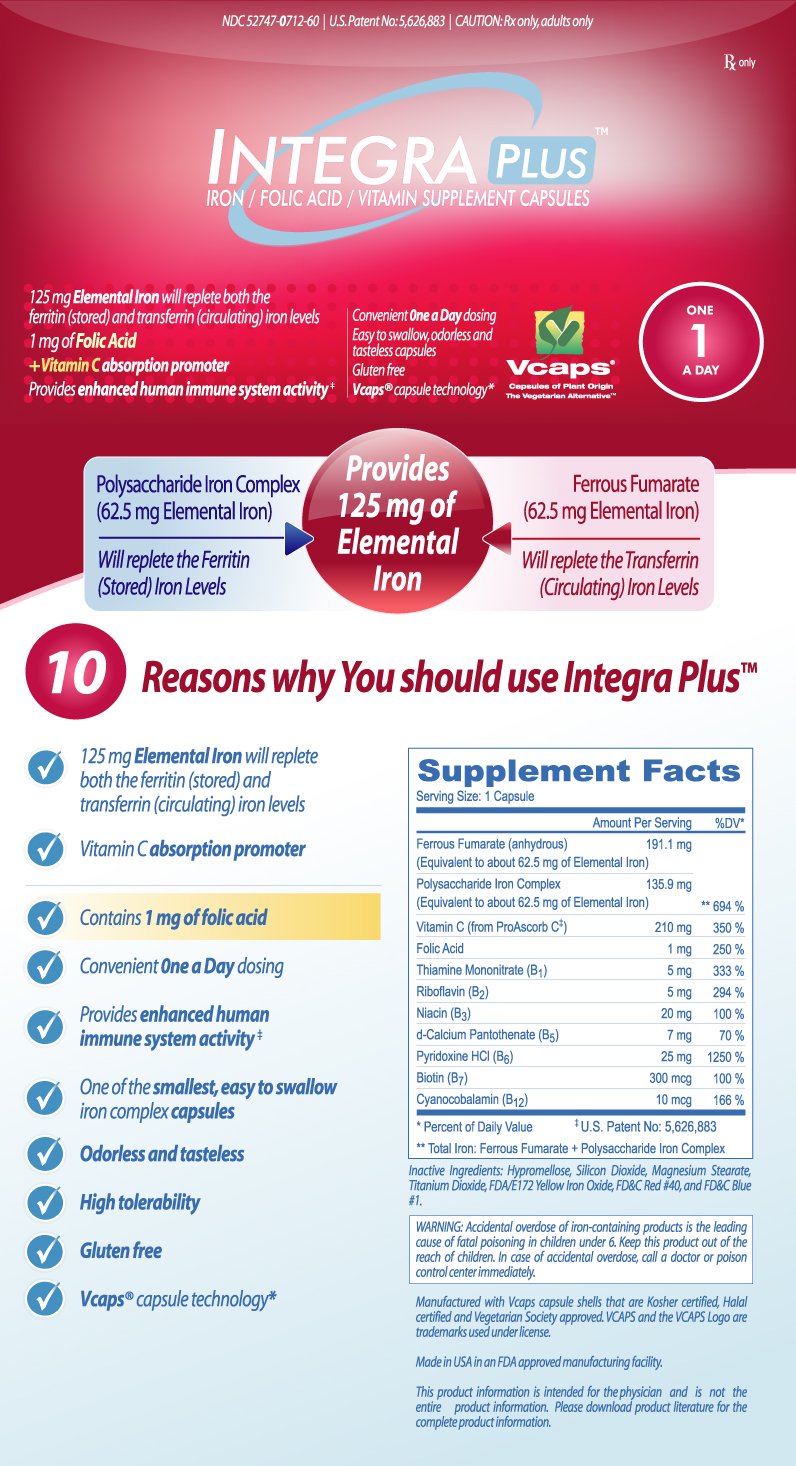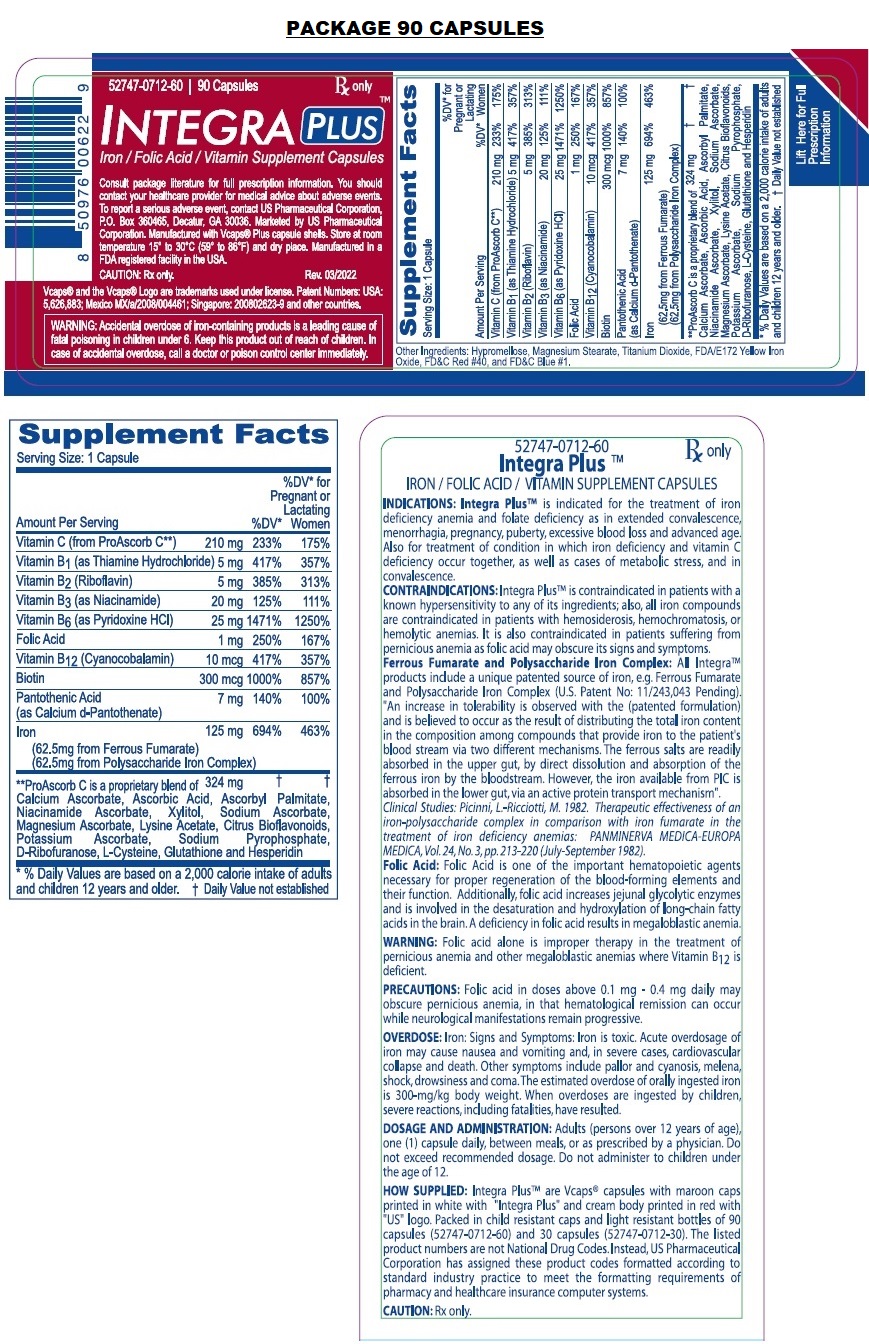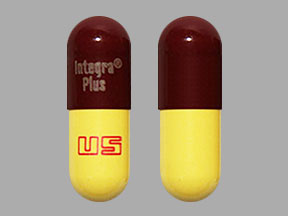Unveiling The Nuances: A Comprehensive Exploration Of Integra And Integra Plus
Unveiling the Nuances: A Comprehensive Exploration of Integra and Integra Plus
Unveiling the Nuances: A Comprehensive Exploration of Integra and Integra Plus
Introduction
With enthusiasm, let’s navigate through the intriguing topic related to Unveiling the Nuances: A Comprehensive Exploration of Integra and Integra Plus. Let’s weave interesting information and offer fresh perspectives to the readers.
Table of Content
Unveiling the Nuances: A Comprehensive Exploration of Integra and Integra Plus

The terms "Integra" and "Integra Plus" often appear in discussions related to various fields, including mathematics, statistics, and computer science. While they may seem similar, understanding their subtle differences is crucial for accurate interpretation and application. This article aims to provide a comprehensive exploration of these concepts, highlighting their individual strengths and the contexts in which they are most effectively employed.
Understanding the Fundamental Concepts
Both "Integra" and "Integra Plus" are derived from the concept of integration, a fundamental operation in calculus. Integration essentially involves finding the area under a curve. However, the nuances lie in the types of functions and the methods used to perform this calculation.
Integra: The Foundation of Integration
Integra, in its simplest form, refers to the process of finding the integral of a function. This function can be continuous or discontinuous, but it must be defined within a specific interval. The integral, when evaluated, represents the accumulated value of the function over that interval.
Integra Plus: Enhancing Integration Capabilities
Integra Plus, on the other hand, builds upon the foundation of Integra by introducing additional features and capabilities. It encompasses a broader range of integration techniques and addresses more complex scenarios. This often involves dealing with functions that are not readily integrable using traditional methods, requiring specialized algorithms or approximations.
Key Differences: A Detailed Comparison
The table below provides a concise comparison of Integra and Integra Plus, highlighting their key differences:
| Feature | Integra | Integra Plus |
|---|---|---|
| Scope | Limited to continuous and discontinuous functions within defined intervals. | Handles a wider range of functions, including those with singularities, discontinuities, or complex expressions. |
| Methods | Relies on basic integration techniques such as substitution, integration by parts, and partial fractions. | Employs advanced techniques like numerical integration, contour integration, and symbolic integration. |
| Applications | Suitable for simpler problems in calculus, physics, and engineering. | Applicable in advanced fields such as mathematical modeling, statistical analysis, and computational science. |
| Computational Complexity | Generally less computationally intensive. | May require more computational resources due to the complexity of the techniques employed. |
Illustrative Examples: Understanding the Practical Differences
To further clarify the distinction between Integra and Integra Plus, consider the following examples:
Example 1: Finding the Area Under a Simple Curve
Suppose we need to find the area under the curve of the function f(x) = x^2 from x = 0 to x = 2. This is a straightforward application of Integra. Using the fundamental theorem of calculus, we can find the integral of f(x) and evaluate it at the limits of integration. The result represents the area under the curve.
Example 2: Handling a Function with a Singularity
Now, consider the function g(x) = 1/x. This function has a singularity at x = 0, making it challenging to integrate using traditional methods. Here, Integra Plus comes into play. Numerical integration techniques can be employed to approximate the integral, providing a reasonable solution despite the singularity.
The Importance of Choosing the Right Approach
The choice between Integra and Integra Plus depends largely on the specific problem at hand. For simple integration problems involving well-behaved functions, Integra is sufficient. However, when dealing with more complex functions or requiring high accuracy, Integra Plus provides the necessary tools and techniques.
FAQs: Addressing Common Queries
Q1: What are some common applications of Integra Plus?
A1: Integra Plus finds applications in diverse fields, including:
- Mathematical Modeling: Simulating complex systems, such as weather patterns or financial markets, often requires advanced integration techniques.
- Statistical Analysis: Estimating parameters in statistical models, such as regression analysis, frequently involves numerical integration.
- Computational Science: Solving differential equations, which are fundamental in various scientific disciplines, often relies on numerical integration methods.
Q2: How does Integra Plus handle singularities?
A2: Integra Plus employs various strategies to address singularities, including:
- Numerical Integration: Approximating the integral using numerical methods, such as the trapezoidal rule or Simpson’s rule, can provide a reasonable solution even in the presence of singularities.
- Contour Integration: This technique allows for integrating functions along complex paths, bypassing singularities and obtaining accurate results.
- Symbolic Integration: Advanced symbolic integration algorithms can sometimes handle functions with singularities, providing exact solutions.
Q3: Are there any limitations to Integra Plus?
A3: While Integra Plus offers powerful capabilities, it also has limitations:
- Computational Complexity: The advanced techniques employed in Integra Plus can be computationally intensive, requiring significant processing power.
- Accuracy: Numerical integration methods provide approximations, and the accuracy of the solution depends on the chosen method and the number of points used for approximation.
- Convergence: Some integration techniques may not converge to a solution for all functions, requiring careful analysis and selection of appropriate methods.
Tips for Effective Use of Integra and Integra Plus
- Understand the Problem: Before applying any integration technique, carefully analyze the function and the desired outcome.
- Choose the Right Tool: Select the appropriate approach, Integra or Integra Plus, based on the complexity of the function and the required accuracy.
- Explore Available Methods: Familiarize yourself with various integration techniques and their strengths and weaknesses.
- Verify Results: When using numerical integration, always verify the accuracy of the solution by comparing it with known results or using different methods.
Conclusion: A Powerful Tool for Problem Solving
The concepts of Integra and Integra Plus represent powerful tools for solving a wide range of problems in mathematics, science, and engineering. Understanding their nuances and choosing the appropriate approach based on the specific problem at hand is crucial for achieving accurate and efficient solutions. By harnessing the capabilities of these integration techniques, we can tackle complex challenges and gain valuable insights into various phenomena.







Closure
Thus, we hope this article has provided valuable insights into Unveiling the Nuances: A Comprehensive Exploration of Integra and Integra Plus. We hope you find this article informative and beneficial. See you in our next article!
